Imagebucket
"The Supper at Emmaus” - Low Data Training Test
A strong model typically requires a large training dataset, but even with limited data, targeting key areas can yield compelling results. I tested this using Caravaggio’s "The Supper at Emmaus" as a single-image training case.
https://en.wikipedia.org/wiki/Supper_at_Emmaus_(Caravaggio,_London)#/media/File:1602-3_Caravaggio,Supper_at_Emmaus_National_Gallery,_London.jpg
With Imagebucket, I split the painting into 15 smaller images to train a LoRA, focusing on the hands, the composition of the figures, Jesus’s face, and certain props. I’m aiming to capture the dynamic lighting and tenebrism style in the generated output.
V1 Data set:

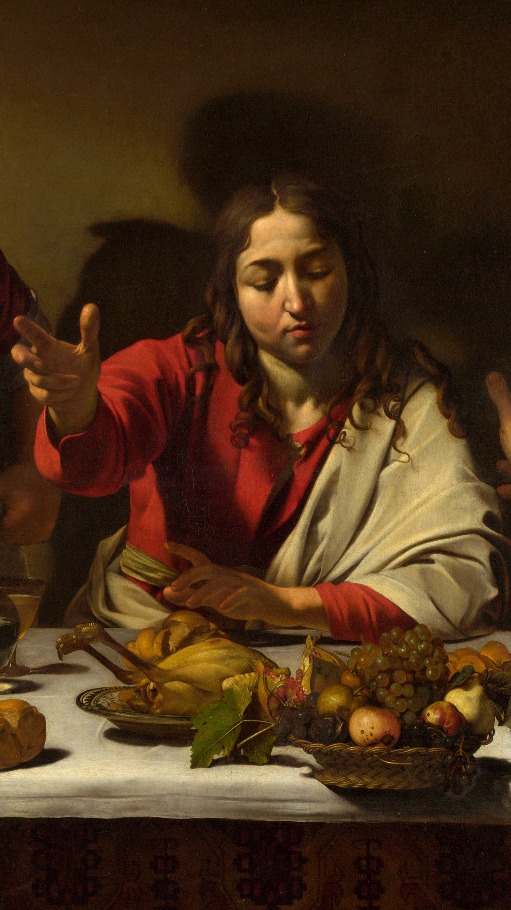

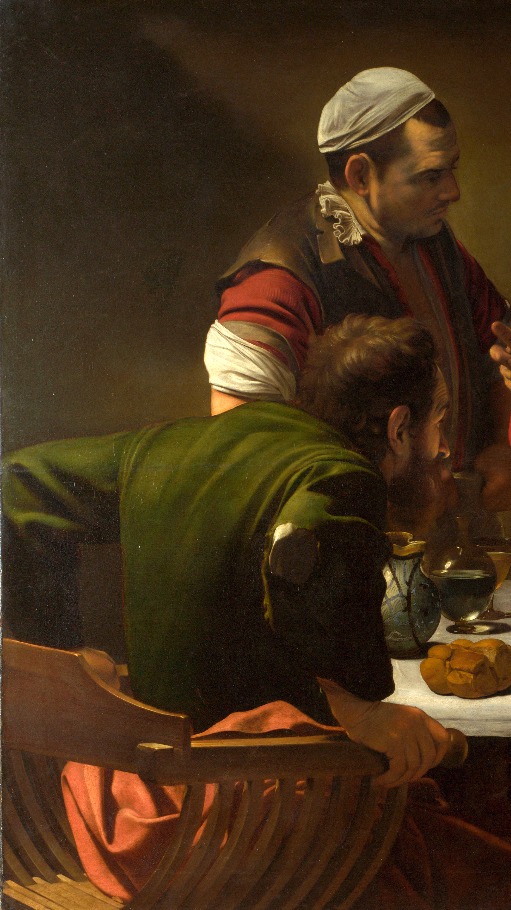
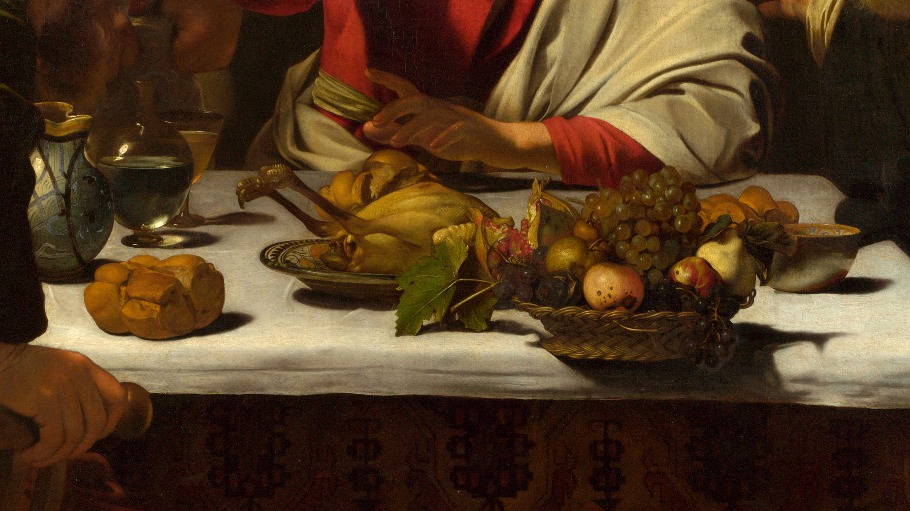
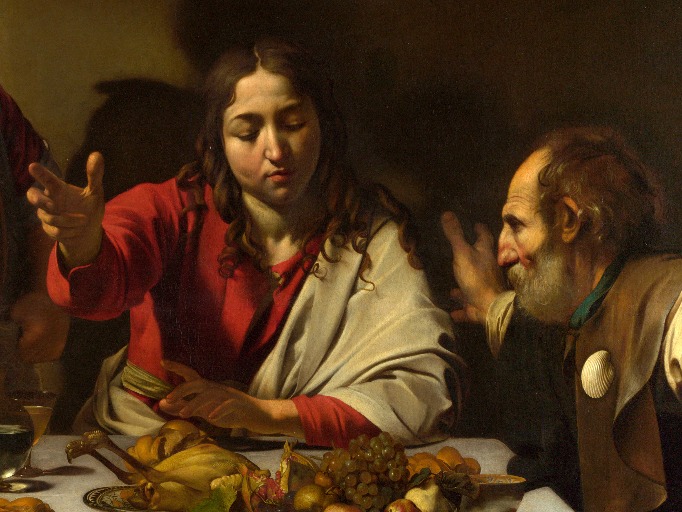

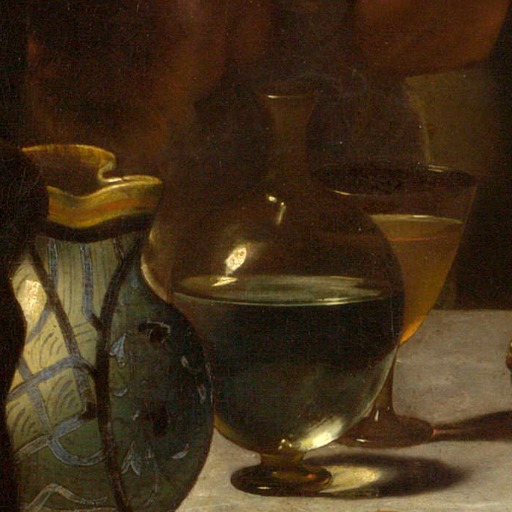
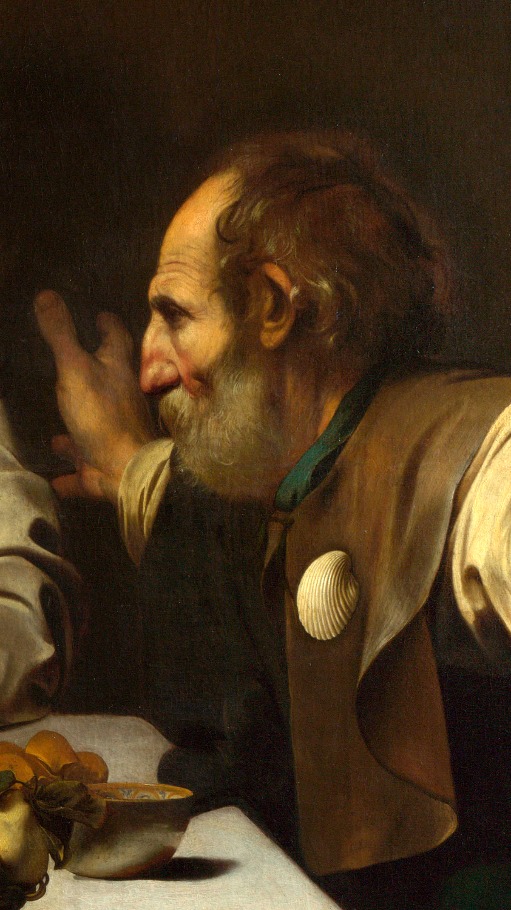
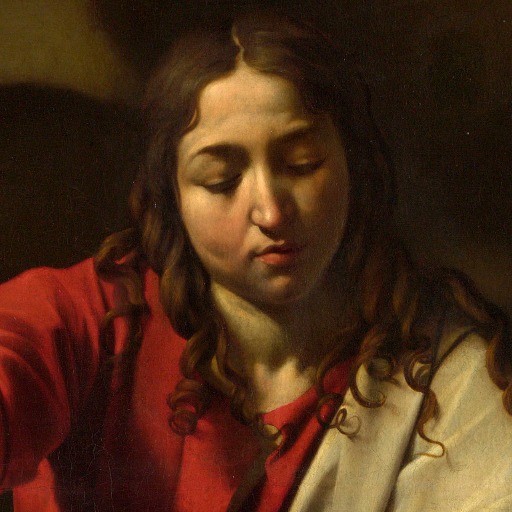
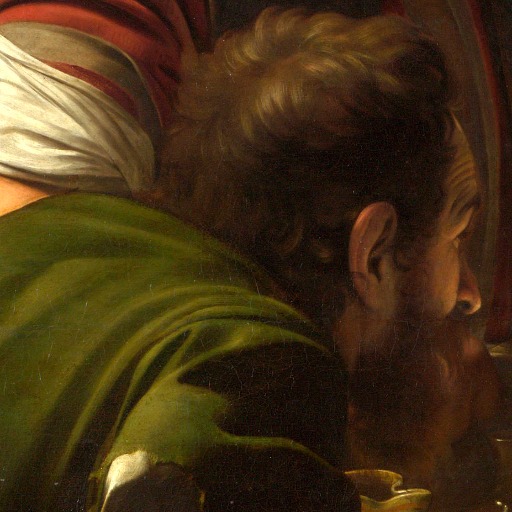
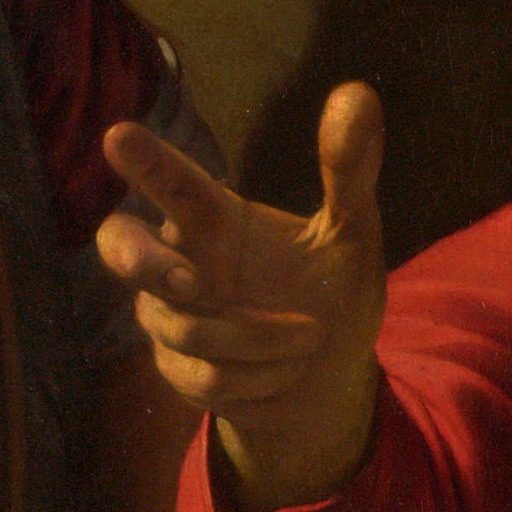
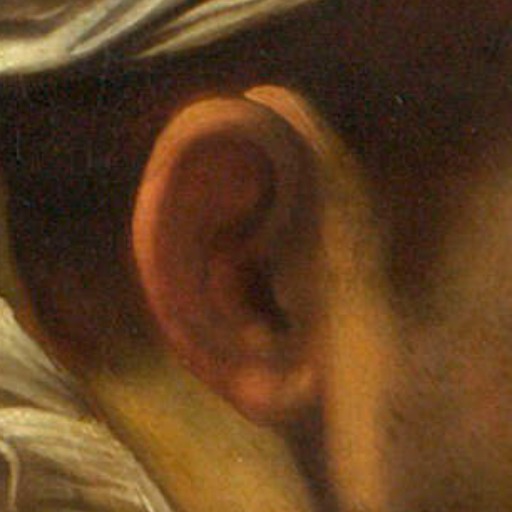

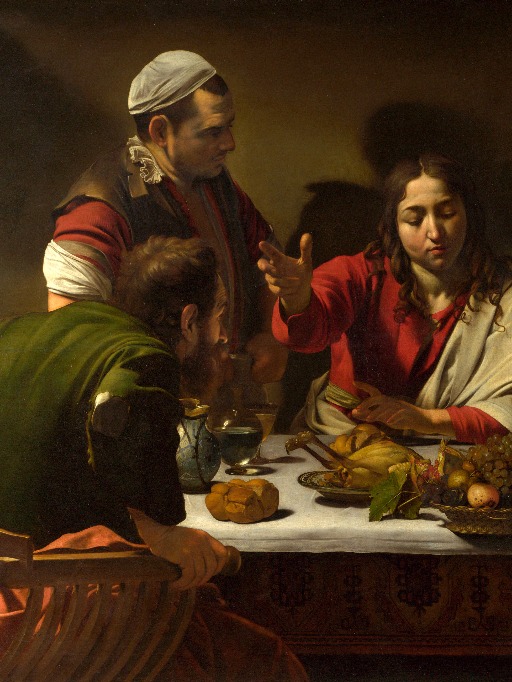
Generation Test 1:
.jpeg)
.jpeg)
.jpeg)
prompt: ”score_9, score_8_up, score_7_up, score_6_up, high quality, masterpiece, 1girl”
I generated three images using a simple, bland prompt, and the LoRA worked! The true challenge, though, is testing whether this style can apply to subjects Caravaggio wouldn’t have painted.
Generation Test 2:
.jpeg)
.jpeg)
.jpeg)
Take a look at these stunning cat girls! I blended 60~70% Caravaggio style with 40% of another face LoRA—something Caravaggio couldn’t have imagined in a million years. The training data and LoRA download are linked below.
Supper at Emmaus Lora/Data Download Link:
Lora and Training Data Download link
version v0.04
